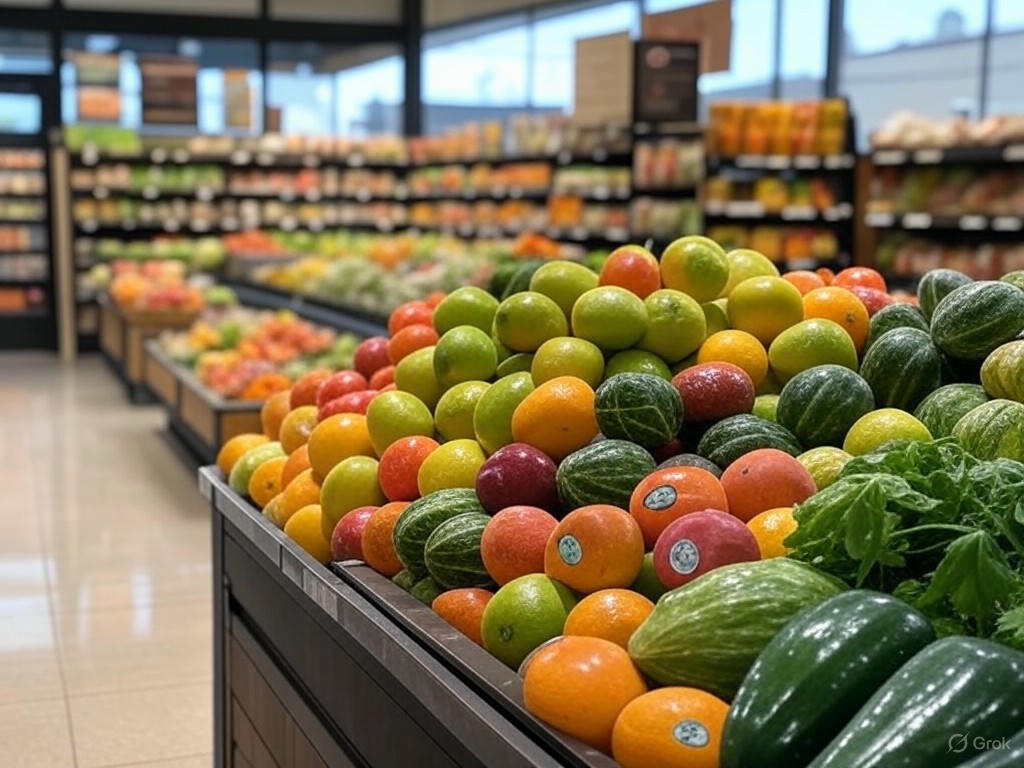In a bold move to reshape its grocery empire, Amazon.com Inc. is pulling Whole Foods Market deeper into its operational fold, marking a significant shift from the autonomy the organic grocery chain once enjoyed. Eight years after its high-profile acquisition, Whole Foods is now facing a restructuring that aligns it more closely with Amazon’s broader business vision. This development signals a new chapter for the retailer, once celebrated for its independent ethos and premium brand identity, as it becomes a more integrated piece of Amazon’s expansive puzzle.
Since acquiring Whole Foods in 2017 for $13.7 billion, Amazon initially allowed the chain to operate with a degree of freedom, preserving its unique culture and customer appeal. However, recent changes suggest that Amazon is now prioritizing efficiency and synergy over independence. Reports indicate that the tech giant is reorganizing its grocery division, centralizing key functions such as supply chain management, pricing strategies, and technology integration. This overhaul aims to streamline operations and leverage Amazon’s data-driven approach to enhance customer experiences and drive profitability. For loyal Whole Foods shoppers, this could mean more personalized offerings and competitive pricing, but it also raises questions about whether the chain’s distinct identity will remain intact amid tighter corporate oversight.
The decision to bring Whole Foods closer under Amazon’s umbrella comes as the e-commerce titan faces intense competition in the grocery sector. With rivals like Walmart and Kroger expanding their digital footprints and delivery services, Amazon is under pressure to solidify its position in the market. Integrating Whole Foods more fully allows Amazon to capitalize on its advanced logistics network and Prime membership ecosystem, potentially offering faster delivery options and exclusive perks to customers. Additionally, this move could accelerate the rollout of innovations like cashierless checkout systems, already tested in Amazon’s own stores, into Whole Foods locations nationwide.
Yet, this restructuring is not without risks. Whole Foods has long been a symbol of organic, high-quality goods, attracting a niche but dedicated customer base. Some industry analysts worry that deeper integration with Amazon’s mass-market strategies might dilute the brand’s premium appeal. Employees, too, may feel the impact of centralized decision-making, as local store autonomy could diminish under the new structure. Amazon will need to strike a delicate balance between operational efficiency and preserving the values that made Whole Foods a beloved name in the first place.
As Amazon forges ahead with this grocery unit transformation, the industry watches closely. This strategic pivot could redefine how tech giants approach brick-and-mortar retail, blending digital prowess with physical presence. For now, Whole Foods stands at a crossroads, navigating its future as both a cultural icon and a vital cog in Amazon’s ambitious machine. Only time will tell if this closer alignment will yield the growth Amazon seeks or if it will challenge the very essence of what Whole Foods represents to its customers.
